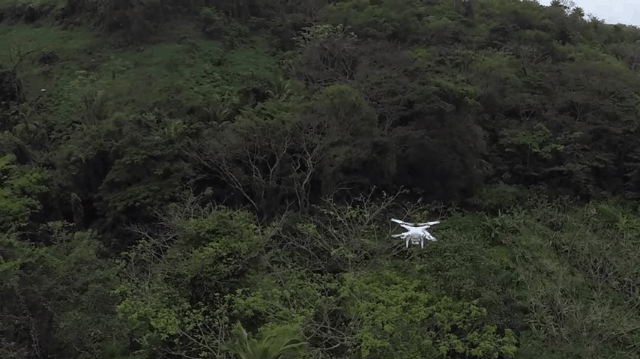The idea that drones could provide medical care has been around practically as long as drones have existed. Microsoft is working on using drones for medical purposes, too — but long before people are ill.
For the most part, the idea of using drones to help in medical emergencies means delivering supplies or direct care to patients. For example, at Google I/O this year we learned that the original use case for Google’s drone delivery project, Wing, was actually medical. Astro Teller explained that the team wanted to use drones to dispatch defibrillators inside of buildings when someone inside when into cardiac arrest. Eventually the project evolved into focusing on delivery in remote locations instead — because the problems with delivering a defib machine were too complex.
Like Google, Microsoft’s research arm is working on using autonomous flying vehicles for medical reasons, too. But in a new blog post about its Project Premonition, the team explains how drones are better suited to aid in preventative care. Premonition is focused on developing drones to collect microorganisms, like mosquitos, that transmit diseases — and analyse their genomes to predict outbreaks in humans before they occur.
The project — which is still in its very early stages — is simple in theory. A specially-designed collection device will be used to collect the bugs, then the drone will carry the haul back for analysis. This way, scientists will be able to predict outbreaks on a localised scale before they occur, like a canary in a coal mine (or like a mosquito in a rainforest).

But baiting bugs in tropical locales alone is tough enough, the company explains:
Ideally they use dry ice as bait, but that’s impossible to get in parts of Africa so Norris and other researchers have to make do with other improvised solutions, such as placing the traps next to chickens or even people who are sleeping under mosquito netting. The traps also collect other bugs indiscriminately, so entomologists must spend hours sorting through what Norris calls the “soup” to get the mosquitoes out. “You have a few mosquitoes in this big pile of stuff,” he said. “It’s like looking for this one Lego guy’s head in the pile of Legos.”
And then, more challengingly, there’s the issue of computational fire power. Analysing thousands of distinct mosquitos for potential pathogens is a huge task, one that will take huge amounts of energy and processing power. Even as cloud computing has improved over the past few years, the Premonition team say a ton of work remains to be done developing the kind of algorithms that could do this work efficiently.
Still, it’s an interesting idea: Imagine being able to broadcast a warning to localised parts of rural communities where the risk for malaria or dengue fever might be imminent, so people could protect themselves better before an outbreak occurs. It’s not ambulance drones — but in some ways, it could end up being just as useful.
[Project Premonition; h/t Qz]
